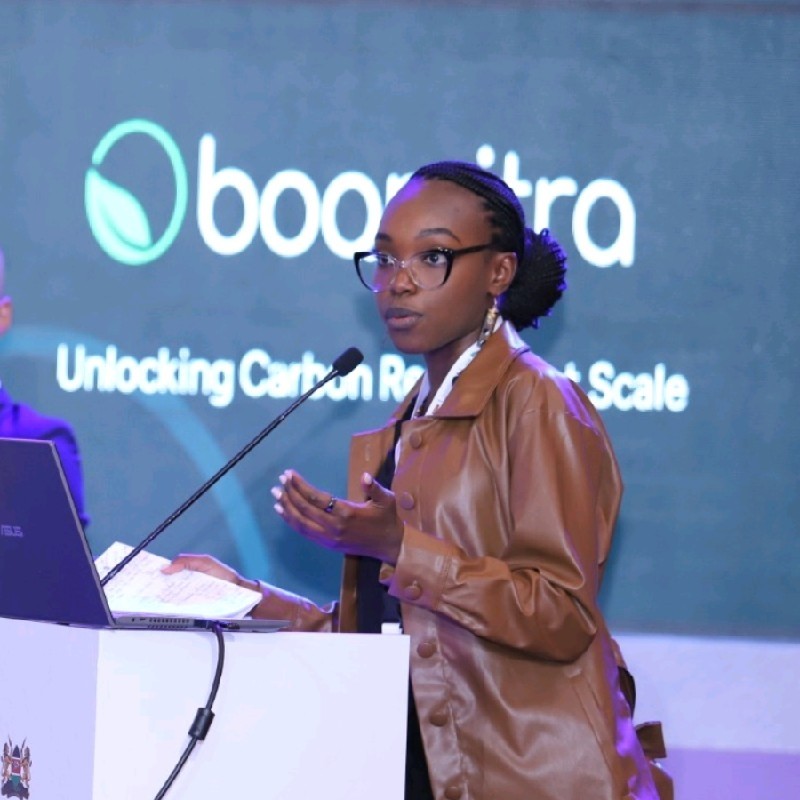scroll

Boomitra’s East Africa Project Lead, Ann Maina, sat down with EarthAcre CEO, Viraj Sikand, for a conversation about our partnership and work. Read on to learn how our Kenya Grasslands Project is empowering pastoralists, building biodiversity, and fostering resilient communities.
Viraj: My family has been involved in environmental conservation in Kenya for decades, and I was privileged to grow up seeing the power of community-led conservation, firsthand. Originating in the 1990s, the community-based conservancy model now encompasses nearly 11% of Kenya, covering 15 million acres and engaging over a million indigenous landowners. It is a powerful model, one that clearly highlights what happens when communities take charge of their own land and their own solutions.
I spent the past 10 years in the US working in technology with a focus on environmental solutions. I started my first company, in sustainable proteins, as an undergraduate. Then I went to a much larger technology company that raised $300 million to pioneer circular economies. This led me to Harvard for a joint degree program–an MBA and an MPP. At Harvard, I met Professor Andrew Davies, a leading researcher on how biodiversity interacts with ecosystems and ecosystem services. At the time, I was also in discussion with Aadith Moorthy, Boomitra’s CEO, exploring how we could complement each other’s work and enable landowners to earn diversified revenues for the stewardship of the land. Aadith and I had met at an entrepreneurship competition many years back, and I have always thought very highly of him.
These accumulated experiences and interactions is ultimately what led to the creation of EarthAcre alongside an amazing group of co-founders, with the aim to unlock biodiversity as an asset for indigenous and local communities.
Viraj: Eighty percent of the world’s biodiversity is on indigenous and rural lands, and that is not a coincidence. It is a function of very real, intentional decision-making. These communities have never been compensated for this incredibly rare, but historically undervalued asset: biodiversity.
I have gone to sites where community members have been saving water for two years, and then an elephant will come to their land and drink it all in less than two minutes. There’s a real cost in many ways to living with wildlife, yet, people are making decisions that allow coexistence with the wildlife.
At EarthAcre, we recognize the intentional culture and decisions that have led to the stewardship of biodiversity, and we aim to get people adequately compensated for this service to the planet. If they don’t get paid, they’re going to have to pursue other means, and that breaks communities eventually. People sell their lands for pennies, or they pursue different means like turning to agricultural practices.
EarthAcre’s biodiversity monitoring technology provides a mechanism for landowners to tap into nascent but rapidly growing biodiversity markets, and help bolster community resiliency. In addition, EarthAcre works in partnership with Boomitra so that landowners can also access carbon revenue as they implement regenerative practices.
We are starting in the southern Kenyan rangelands because these places have some of the highest mammalian densities on the planet — from a biodiversity perspective, they’re spectacular. But these lands are also some of the most rapidly urbanizing and threatened places on the planet. Together, EarthAcre and Boomitra can stabilize and diversify revenue streams for indigenous and rural landowners in the region, and make it financially viable for the communities and cultural practices that have stewarded the biodiversity on these lands for centuries to continue.
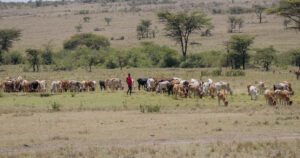
Viraj: The partnership between EarthAcre and Boomitra is really exciting, because it means that our approach is holistic, considering both carbon sequestration and biodiversity as revenue streams that can sustain, uplift, or restore these practices. Boomitra and EarthAcre technologies therefore allow for data on impact across multiple interrelated yet distinct ecosystem services.
But a driving question for us beyond carbon or biodiversity measurement is: how can we strengthen the cultures that have been environmental stewards for generations? In many ways, at EarthAcre our primary focus is actually not on biodiversity, but on preserving the cultures that are stewarding the biodiversity. If people decide to stop using these managed grazing practices or stop keeping their land open for wildlife, we will experience a biodiversity collapse. So perhaps even more importantly, we aim to measure the impact of the projects on cultural resilience. A crucial part of the answer lies in diversifying revenue streams, and ensuring that proceeds go directly to individual landowners with maximum transparency. This is a big area of focus for EarthAcre.

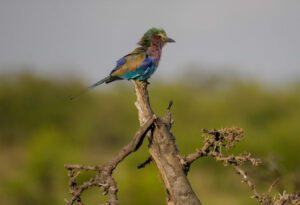
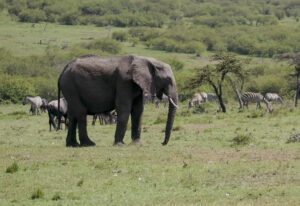
Viraj: Carbon markets are pivotal for incentivizing carbon sequestration and land restoration. Our projects, in collaboration with Boomitra, integrate biodiversity metrics alongside carbon measurements for a comprehensive approach. Addressing climate change on East African rangelands requires a holistic view; an overemphasis on carbon can actually lead to practices that exacerbate the problem. We’re at the forefront of incorporating biodiversity metrics and assets, aiming for a holistic approach to climate change and land regeneration.
Viraj: Both the biggest challenge and opportunity is making sure that our projects continue to set the standard as community-centric solutions. We follow free prior informed consent protocols when we are directly engaging with individuals, and we always do this in multiple local languages and with relevant content.
Then, crucially, we have representation of the landowners at the project level, and have a local co-proponent entity that ensures flows of revenue down to the individual landowners. It is key that our projects ensure transparent revenue flows directly to individuals for their sustainable actions as part of the community.We are going to get individual pastoralists paid, and that is quite unique. Challenges will be encountered in our journey to advance individual benefit and group management. This process requires a lot of documentation and accuracy, which can be quite challenging, especially when landowners have financial constraints. For example, poverty leads pastoralists to sell their land which further fragments it. EarthAcre’s technology and legal teams are working hard to build solutions to mitigate this challenge and strengthen community stewardship of rangelands.
A huge opportunity for impact lies ahead and as we collaborate, we can bring some quite innovative locally-led solutions.
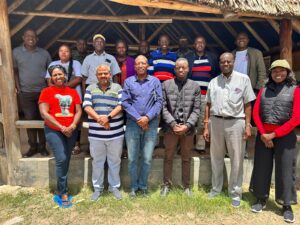
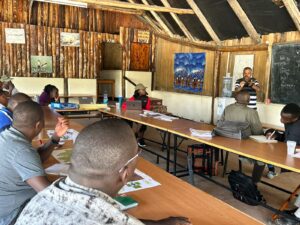
Viraj: We have very mission-aligned goals with Boomitra. We want the stewardship of land to be a viable option for communities, where protecting and uplifting nature results in diversified, positive cash flow no matter your location.
